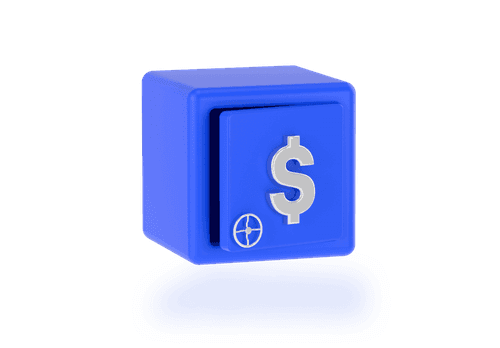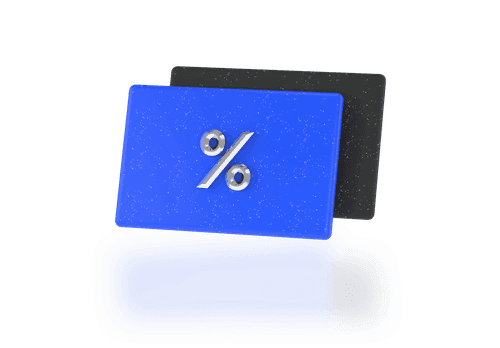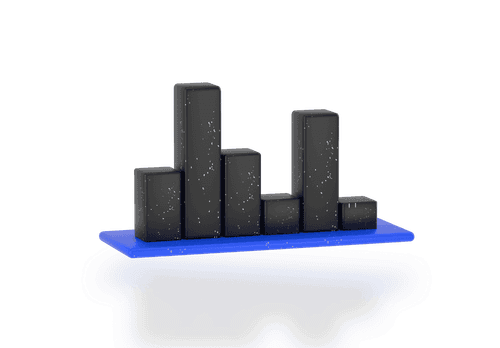Intermediate
Exploring Financial Markets of Trading: A Comprehensive Overview

The financial markets are a cornerstone of the global economy, facilitating the flow of capital and providing a platform for investors and traders. Among these markets, the most prominent ones include the Forex market, known for its vast size and continuous operation; the stock market, a crucial avenue for corporate financing and investment; indices, which offer a snapshot of the economic health of nations; and the commodities market, integral for trading in essential goods like oil and gold.
Interestingly, while the global financial markets boast over 20,000 tradable assets, traders and investors typically focus on a select range of 100 to 200 assets. This selective approach underscores the importance of market dynamics and strategic decision-making in trading.
In our exploration, we will delve into each of these markets, understanding their unique characteristics and their roles in the broader context of global markets.
Forex
The Forex market, also known as the foreign exchange market, is the largest and most liquid financial market in the world, with a daily trading volume exceeding $6 trillion. This market operates 24 hours a day, five days a week, encompassing different time zones, which allows traders from around the globe to trade during their local trading hours. The Forex market is unique in its continuous operation, excluding weekends, as it follows the sun from major financial centers in Asia to Europe and then to North America.
In Forex, traders primarily engage in CFD (Contract for Difference) trading, which allows them to speculate on the rising or falling prices of currencies without the need for actual ownership of those currencies. This market features a wide range of currency pairs, with over 100 pairs commonly traded, though traders often focus on major pairs like EUR/USD, USD/JPY, and GBP/USD due to their high liquidity and volatility.
Volatility in the Forex market is influenced by various factors, including economic indicators, geopolitical events, and central bank decisions, making it a challenging yet potentially rewarding market for traders. The market's accessibility and the use of leverage – borrowing capital to increase potential returns – are key attractions, but they also increase the risk of significant losses.
Stocks
The stock market, an integral component of the global financial system, offers investors the opportunity to acquire ownership stakes in publicly traded companies. This market is renowned for its diversity, featuring thousands of companies across various sectors and industries. Among the most traded and closely followed stocks are tech giants like Apple, Amazon, and Microsoft, alongside other major firms such as Tesla, Berkshire Hathaway, and Alibaba.
Expanding on the stock market, it's important to note its global reach, encompassed by several major stock exchanges worldwide. These include the New York Stock Exchange (NYSE) and NASDAQ in the United States, the London Stock Exchange (LSE) in the United Kingdom, the Tokyo Stock Exchange (TSE) in Japan, the Shanghai Stock Exchange (SSE) in China, the Euronext which spans across multiple European countries, the Hong Kong Stock Exchange (HKEX), and the Bombay Stock Exchange (BSE) in India, among others. Each of these exchanges has specific trading hours aligned with their local time zones, playing a pivotal role in the global flow of capital.
In terms of trading mechanics, the stock market offers both CFD (Contract for Difference) trading and spot trading options. CFD trading allows traders to speculate on the price movements of stocks without owning the actual shares, thereby providing flexibility and the possibility of leveraging. In contrast, spot trading involves the actual buying and selling of stock shares, reflecting traditional investment practices. These trading methods cater to different types of investors and traders, each with its own risk and reward profiles.
The governance and regulation of these markets by authorities such as the Financial Market Authority ensure transparency and fairness, contributing to their overall efficiency and stability.
Indices
The Indices market serves as a barometer for the broader stock market, offering insights into the overall economic and sector-specific trends.
Key indices from around the world include:
- Dow Jones Industrial Average (DJIA): A leading index in the United States, representing major American industrial companies.
- S&P 500: Another crucial U.S. index encompassing 500 large-cap companies across various sectors.
- NASDAQ: Focused primarily on technology stocks, this index includes over 3,000 stocks listed on the NASDAQ stock exchange.
- FTSE 100: The top 100 companies by market capitalization on the London Stock Exchange.
- DAX: Representing 30 major German companies trading on the Frankfurt Stock Exchange.
- CAC 40: The French index comprising 40 of the most significant stocks listed on the Euronext Paris.
- Nikkei 225: A prominent Japanese index tracking 225 large companies listed on the Tokyo Stock Exchange.
- Hang Seng Index: Representing the largest companies on the Hong Kong Stock Exchange.
- Shanghai Composite Index: Encompassing all stocks (A shares and B shares) that trade on the Shanghai Stock Exchange.
Trading in indices allows investors to gain exposure to a broad market segment without the need to trade individual stocks. This can be done through various trading types like index funds, exchange-traded funds (ETFs), and Contracts for Difference (CFDs), each offering different risk and return profiles.
The indices market, while less volatile than individual stocks, still reflects the dynamics of the underlying securities. It is influenced by the same macroeconomic factors that affect the bond market, such as interest rate changes, economic policies, and geopolitical events. Understanding these factors and their impact on different types of markets is crucial for traders and investors seeking to make informed decisions in the diverse world of financial trading.
Commodities
The commodities market is a critical component of global trade, involving the buying and selling of raw or primary products. This market is categorized into two main types: hard commodities, which include natural resources like oil and gold, and soft commodities, which consist of agricultural products like coffee and sugar.
Key commodities that are actively traded in this market include:
- Crude Oil: One of the most traded commodities, vital for energy sectors worldwide.
- Gold: A popular choice for investors, often seen as a safe haven in times of economic uncertainty.
- Silver: Used both as an investment and in various industrial applications.
- Natural Gas: A significant energy commodity, particularly in the heating and electricity sectors.
- Wheat, Corn, and Soybeans: Essential agricultural commodities with global demand.
- Coffee and Sugar: Widely traded soft commodities, influenced by both market and environmental factors.
Trading in the commodities market can be executed in various forms. Spot trading involves the immediate delivery of the commodity, while futures contracts are a common form of derivatives trading in this market. These futures contracts enable traders to buy or sell a commodity at a predetermined price on a future date, allowing for speculation or hedging against price fluctuations.
The Commodities market is influenced by a range of factors including supply and demand dynamics, geopolitical events, weather conditions, and economic reports. The derivatives market, particularly through commodities futures, plays a crucial role in this sector by providing a platform for price discovery and risk management.
Conclusion
Navigating the diverse landscape of financial markets requires an understanding of the unique characteristics and operating hours of each market. Whether it's the round-the-clock Forex market, the specific trading hours of global stock exchanges, the aggregated view of the economy provided by indices, or the supply-demand dynamics of the commodities market, each plays a vital role in the global financial ecosystem.
As investors and traders navigate these markets, understanding their interconnections and the external factors influencing them can lead to more informed and potentially successful trading decisions.



















